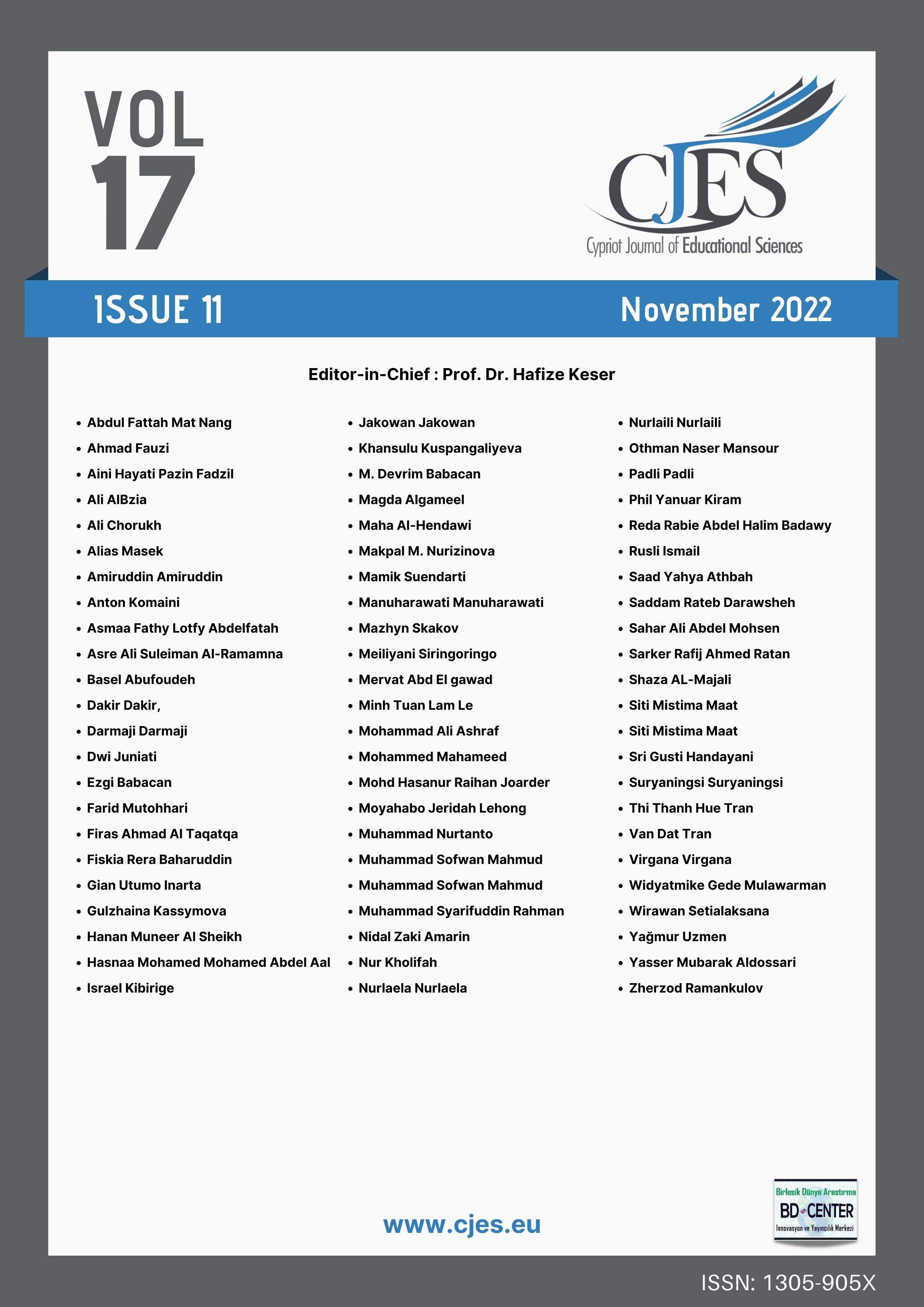How is the relationship between student responses and students' motor skills after using the cat vs fish game E-module?
Main Article Content
Abstract
The development of games that are applied in learning physical education, sports, and health is a solution to the boredom felt by students during learningtake place. The aims of this research are (1) How is the feasibility of the fish vs cat game e-module? (2) How do students respond to the use of the cat vs fish e-module? (3) How are the students' motor skills different before and after using the cat vs fish e-module in class VA and VB? (4) What is the relationship between students' responses to the use of the cat vs fish e-module with students' motor skills after using the cat vs fish e-module?. Research methodologyused in this research is research and development. At the trial stage, it was carried out by involving 60 students consisting of 2 classes. The conclusion of this study is that the developed cat vs fish game e-module has been declared valid to be used, based on the t-test conducted showing that there are differences in students' motor skills before and after using the cat vs fish game e-module in class VA and class VB. The results of the correlation test showed that there was a significant relationship between student responses and students' motor skills after using the cat vs fish e-module. The cat vs fish game e-module can be a learning innovation in physical education, sports, and health subjects that can be a guide for cat vs fish games so as to train students' motor skills.
Keywords: Physics, SPS, problem based learning, melde practicum, gender
Downloads
Article Details

This work is licensed under a Creative Commons Attribution 4.0 International License.
Cypriot Journal of Educational Sciences is an Open Access Journal. The copyright holder is the author/s. Licensee Birlesik Dunya Yenilik Arastirma ve Yayincilik Merkezi, North Nicosia, Cyprus. All articles can be downloaded free of charge. Articles published in the Journal are Open-Access articles distributed under a CC-BY license [Attribution 4.0 International (CC BY 4.0)].
Birlesik Dunya Yenilik Arastirma ve Yayincilik Merkezi (BD-Center)is a gold open-access publisher. At the point of publication, all articles from our portfolio of journals are immediately and permanently accessible online free of charge. BD-Center articles are published under the CC-BY license [Attribution 4.0 International (CC BY 4.0)], which permits unrestricted use, distribution, and reproduction in any medium, provided the original authors and the source are credited.

